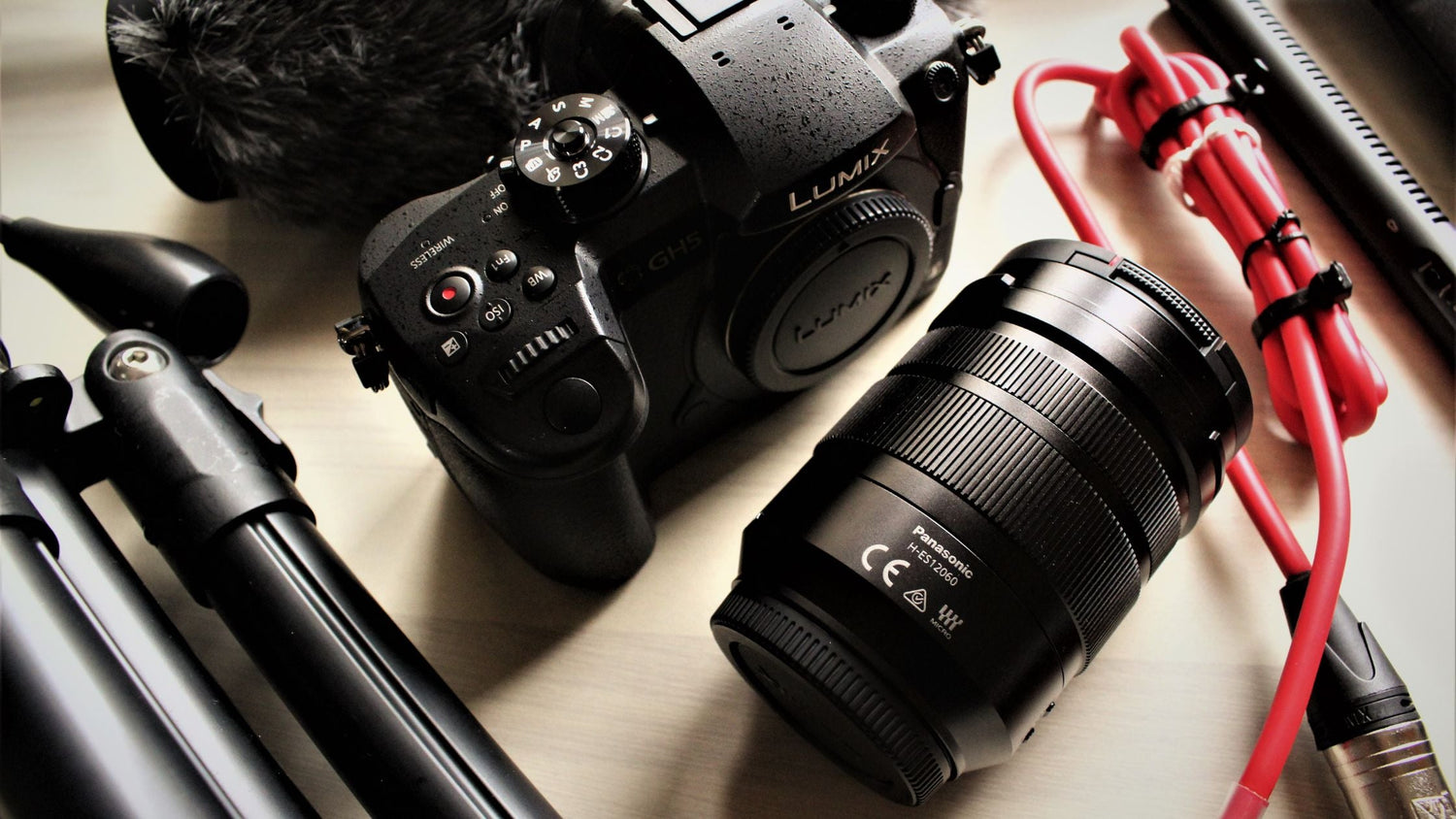Photography is all about capturing the world in its most beautiful, dynamic, and creative form. Whether you’re a beginner or an experienced pro, understanding the right techniques to enhance your photos can make all the difference. Among the most important techniques are lighting and composition. Mastering these two elements will instantly elevate your photography game, turning even ordinary scenes into spectacular shots.
In this blog, we’ll dive into these two key techniques, offering tips and tricks to help you make the most out of every shot. Plus, we’ll sprinkle in some gear recommendations along the way, such as lighting equipment and tripods, which will make your job a whole lot easier. Let’s get started!
1. The Power of Lighting: Setting the Mood
Lighting is one of the most important aspects of photography. The right light can transform an image, creating mood, highlighting details, and enhancing the overall aesthetic. Whether you're shooting indoors or outdoors, knowing how to use natural and artificial light will improve your photos tremendously.
Natural Light: Friend or Foe?
Natural light is one of the best tools in your photography kit, especially for outdoor shots. The soft, diffused light during the golden hour (the hour right after sunrise and before sunset) creates warm tones and long shadows that are perfect for portraits and landscapes alike.
However, direct sunlight can be harsh, leading to overexposed highlights and deep shadows. The trick is to use light modifiers (like reflectors or diffusers) to soften the light and create a balanced, flattering look.
Tip: When shooting portraits outdoors, always keep the sun behind your subject to avoid squinting. If shooting indoors, consider shooting near large windows for soft, diffused light.
Artificial Light: Mastering Studio Lighting
While natural light is fantastic, it isn’t always available when you need it. This is where artificial lighting comes in. Studio lights, flashguns, or ring lights are all great options to create perfectly lit photos indoors or during nighttime shoots.
When working with artificial lighting, it’s essential to understand the types of light available:
-
Soft light is diffused and creates soft shadows, making it ideal for portraits.
-
Hard light produces sharp shadows and high contrast, which works well for dramatic effects or product photography.
To get that perfect look, experiment with lighting setups like three-point lighting, which involves using a key light, fill light, and backlight to illuminate your subject from multiple angles.
Gear Suggestion: If you’re looking for reliable lighting for indoor shoots, check out the Oldshark LED Ring Light. It’s a great tool for bloggers, vloggers, and photographers looking for even, adjustable lighting for portraits, beauty shots, and video content.
2. Composition: Framing the Perfect Shot
Once you’ve got the lighting sorted, it's time to turn your attention to composition. Composition refers to how the elements within your frame are arranged and how they relate to one another. It plays a huge role in directing the viewer's eye and creating a visually appealing image.
The Rule of Thirds
One of the most common composition techniques is the rule of thirds. Imagine your frame divided into a 3x3 grid (like a tic-tac-toe board). The rule suggests that you should place the most important elements of your scene along these lines or at their intersections. This technique helps balance your image and guides the viewer’s eye to key points of interest.
Tip: Most cameras and smartphones allow you to overlay a grid in the viewfinder or screen, making it easier to follow the rule of thirds.
Leading Lines
Leading lines are lines within the scene (like roads, rivers, or architectural features) that draw the viewer’s eye toward the subject. By positioning these lines carefully, you can create depth and make your image feel more dynamic.
Try shooting down a road or path, positioning your subject at the end of the lines to create a sense of journey and exploration. This technique works well for landscapes, cityscapes, and architectural shots.
Framing Your Subject
Another powerful composition tool is framing. You can use elements in the environment (like windows, doorways, or branches) to frame your subject. This adds depth to your photo and makes the subject stand out more.
Tip: Be mindful of the background when framing your subject. Avoid cluttered or distracting elements that can take attention away from the focal point.
Symmetry and Patterns
Humans are naturally drawn to symmetry and patterns. Whether it’s the symmetry of a building, the perfect alignment of trees, or the repetitive patterns in nature, these elements can create visually stunning images. Play with symmetry in your framing to give your photos a sense of harmony and balance.
3. Stabilizing Your Shot: Gear to the Rescue
Now that you know how to light and compose your shots, it’s time to focus on stability. Shaky hands can ruin an otherwise perfect photo, especially in low light or when using slow shutter speeds. A good tripod can be a game-changer for achieving sharp, clear images.
Gear Suggestion: The Oldshark Tripod is lightweight, sturdy, and versatile, making it perfect for both amateur and professional photographers. Whether you're shooting in the studio or outdoors, this tripod will keep your camera steady and help you capture sharp, well-composed shots.
4. Final Thoughts: Practice Makes Perfect
Lighting and composition are essential skills every photographer should master, but like any technique, the key to getting it right is practice. Experiment with different lighting setups, angles, and compositions. Don’t be afraid to try new things and make mistakes along the way – it’s all part of the learning process!
Remember, great photos are about telling a story. Whether you’re capturing the beauty of a sunset or a candid moment between friends, use lighting and composition to create images that convey emotion and meaning.
With the right tools, techniques, and a little creativity, you’ll soon be capturing perfect photos that showcase your unique perspective.
Ready to Take Your Photography to the Next Level?
Now that you’re armed with lighting and composition knowledge, the next step is to explore the gear that can make these techniques easier and more effective. Consider adding some essential tools to your photography kit, such as a high-quality tripod or adjustable lighting system. These products can help you stabilize your shots and control your lighting to get those perfect photos every time.

